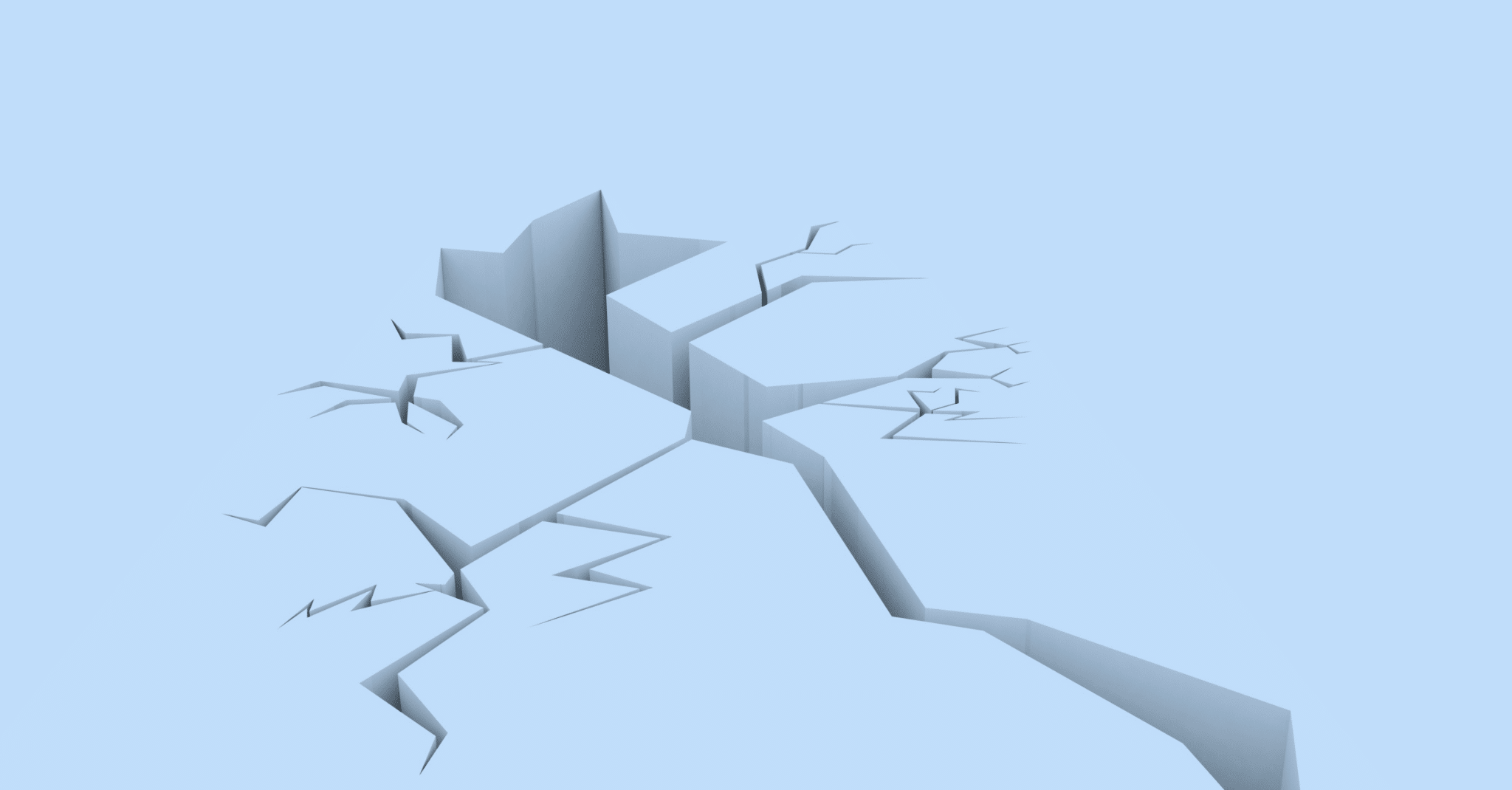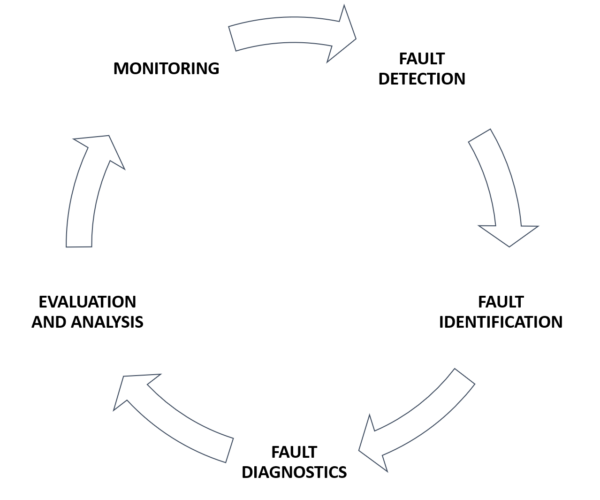Imagine a world where everything goes as planned and there are no surprises at a plant. Sounds great, right? We wish we could say we had a solution that could provide organizations this level of certainty 100% of the time, but we don’t. If perfection isn’t possible, what’s next? Should we just shrug our shoulders and accept that some days are going to be really stressful and costly?
No. While perfection isn’t possible, minimizing risk is—and every risk reduction has significant implications, because the scale of plants is huge. Assets are large and expensive. Hundreds or thousands of end-users rely on consistent, quality output whether that is electricity, water, or goods. Safety implications for employees and the surrounding community are no joke. Therefore, organizations continuously strive to increase reliability and availability, improve operations, and reduce safety concerns.
One way the industry reduces risk is through Fault Detection and Diagnostics (FDD). Don’t let anyone fool you, though—FDD is not something new. What’s new are the ways technology enables quicker and more effective FDD. With automated FDD, you have a personal assistant that helps identify faults so you can improve operations.
What is Fault Detection and Diagnostics?
The goal of FDD is to minimize risk and improve operations through monitoring, fault detection, and diagnostics. Don’t worry if your process and system doesn’t incorporate all the steps to their full extent. FDD is a tool used in the digital transformation journey, not an all or none concept.
Monitoring
To implement FDD, monitoring must occur first. If a tree falls in the forest and no one is around to hear it, does it make a sound? Philosophers have been grappling with this concept for ages, but in a plant environment the response is easy. If there is a fault and no one is monitoring that piece of equipment, does it create an issue now or in the future? Of course!
Monitoring is a prerequisite for FDD, and the quality and type of monitoring will either make your job easier or harder. Data quality is important as you must be able to trust that it’s a true representation. You don’t want to find yourself in a situation where your data says the tree is still standing, but when you look at the tree, it’s on the ground. In addition, use technology to improve your monitoring capability. Technology like data historians and predictive analytics will help overcome your organization from becoming overwhelmed with data.
Detection and Identification
The next step in FDD is fault detection and identification—what is the fault and where did it occur. In FDD, faults expand to a broader definition to include critical deviations. Fault detection and diagnostics software has enabled industry to detect and identify previously unnoticed deviations that are precursors to larger issues. By using machine learning, organizations can leverage computational power and always-on monitoring to pinpoint deviations.
Though simple in theory, fault detection and identification has the potential to be difficult due to system complexity. For example, root cause analysis (RCA) can be time-intensive. For this reason, many organizations save RCA for major issues and use a simplified version for minor issues. Another potential obstacle is lagging indicators that may misdirect attention from the true issue.
Diagnosis
Once you’ve detected and identified a fault, what steps should you take to remedy the issue? The immediate goal is to take corrective action to rectify the fault, but an important follow-up step that is sometimes forgotten is analysis and evaluation. Once you’ve fixed the problem, how do you make sure it doesn’t happen again?
Some faults may be due to random malfunctions; other times there may be an issue with process or operation. Regardless, take time to understand if and how you can minimize the probability of the fault occurring again. For example, do you need to make an adjustment to the logic? Do you need to make an adjustment to the maintenance schedule? At a minimum, keep records of what happened and what steps were taken. All layers of the organization will appreciate well-managed organizational knowledge in the future.
The Future of FDD: Automated Fault Detection and Diagnostics
The role of technology is to make our lives easier—automated fault detection does this by alerting you of potential issues that need your focus. Using fault detection techniques like pattern recognition and machine learning, software solutions like HanPHI gives you early warnings of potential and hidden failures so that you have more time for fault classification, diagnosis, analysis, and action. These are the areas where your subject-matter expertise provides the most value. Let technology be your personal assistant so you can focus your time where it’s most impactful.
FDD Tips
When determining what tools to use for automated FDD, here are some things to keep in mind:
- Automation does not magically happen. This doesn’t mean that the process should be complicated or require significant work on your side, but if it sounds too be good to be true, it probably is. Understand clearly what steps you will need to take to implement automated FDD as well as the steps needed to maintain your automated FDD. Like anything, automated FDD may need tune ups from time to time. Your software vendor should provide suggestions on what upkeep is required. And don’t worry, it shouldn’t require a full-time staff.
- Different vendors use different approaches to fault detection testing. Approaches used include regressions, neural networks, fault signatures, and rule-based procedures. When selecting your tool, you don’t need to know the ins and outs of how the technology works, but you should be familiar enough that you can determine whether it will be a good fit for your organization. For example, a tool that uses only fault signatures is going to take longer to implement at an organization that has a relatively unique process and doesn’t have a pre-existing fault database.
- If you’re unsure of next steps or how to implement at your organization, use a guide. It’s much easier and faster to climb a mountain with a guide than by yourself. Guides can be colleagues at other organizations, association experts, and even software vendors. A guide doesn’t give you the answer, instead they provide you with more information about fault detection and diagnostics and their experience.
To Improved Operations
While FDD can’t provide you with a perfect plant world, it can help minimize risk and improve operations. Regardless of where your organization is on its journey, keep at it and don’t forget to ask for help when needed. Here’s to improved operations!

